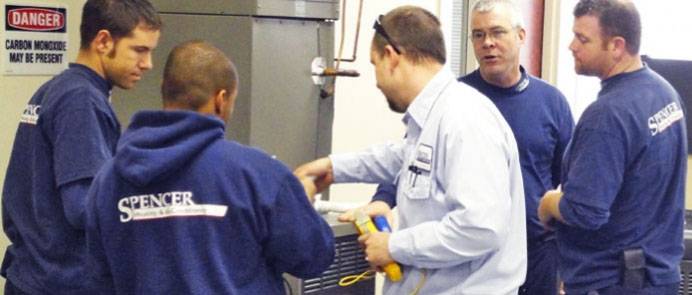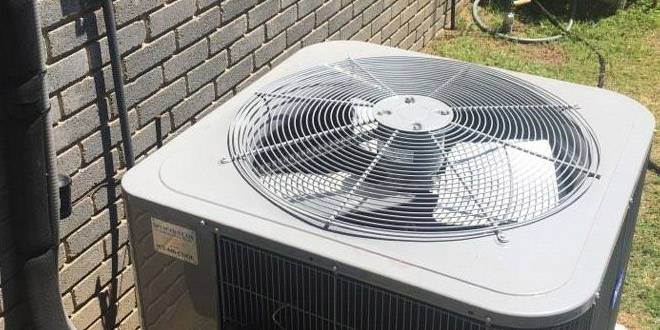
This article demystifies how air conditioning systems manage airflow, specifically addressing the common query: do they pull air from outside? We explore the mechanics behind AC operation, the role of outdoor air, and the balance between energy efficiency and indoor air quality.
Basic Operation of Air Conditioning Systems
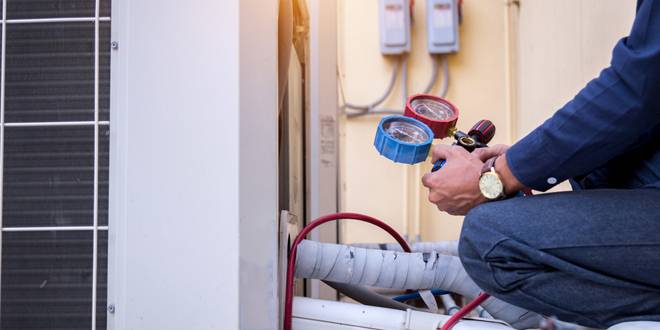
Air conditioning (AC) systems are designed to maintain comfort within indoor environments by controlling temperature and humidity. Central to their operation is the refrigeration cycle, which transfers heat from the indoors to the outdoors, thereby cooling the interior space. This cycle involves several key components working in harmony:
- Compressor: At the heart of the air conditioner, the compressor increases the pressure and temperature of the refrigerant, preparing it for heat release.
- Condenser Coil: Located outside the home, this coil allows the high-pressure refrigerant to release its heat to the outdoor air. As it loses heat, the refrigerant condenses into a liquid form.
- Expansion Valve: This component reduces the pressure of the refrigerant, causing it to cool down rapidly. The sudden drop in pressure and temperature prepares the refrigerant to absorb indoor heat.
- Evaporator Coil: Situated inside the home, this coil absorbs heat from the indoor air, effectively cooling the space. The refrigerant evaporates back into a gas as it absorbs heat, completing the cycle.
The process is facilitated by a fan that blows indoor air over the cold evaporator coil. This not only cools the air but also removes moisture, thereby reducing humidity. The cool air is then circulated back into the living space while the heated refrigerant is pumped back to the compressor to begin the cycle anew.
Crucially, this cycle does not inherently require outside air. Instead, it recycles the indoor air through the system. This recirculation process is key to understanding how AC systems operate efficiently, as it allows for the cooling of indoor air without the need to cool new, hot outdoor air constantly. This principle underpins the basic operation of most central air conditioning systems, emphasizing the efficiency of recirculating indoor air over introducing and cooling outdoor air.
The Role of Outdoor Air in Air Conditioning
While residential air conditioning systems primarily recirculate cooled air inside the house, the incorporation of outdoor air plays a pivotal role in commercial HVAC systems and in specific residential scenarios for ventilation and air quality improvement. Understanding when and how outdoor air is used is key to appreciating the complexity and adaptability of modern HVAC systems.
Commercial HVAC Systems
In commercial settings, introducing outdoor air into the building is often a requirement for maintaining indoor air quality and meeting health and safety regulations. These systems are designed with ventilation capabilities that deliberately mix a controlled amount of outdoor air with the recirculated indoor air. This process dilutes indoor pollutants and ensures a continuous supply of fresh air, which is essential in densely occupied spaces like offices, schools, and commercial buildings.
Ventilation and Air Quality
Using outdoor air in air conditioning systems is closely linked to ventilation strategies to improve indoor air quality. Systems such as Energy Recovery Ventilators (ERVs) and Heat Recovery Ventilators (HRVs) are engineered to provide efficient ventilation. These systems facilitate the exchange of indoor and outdoor air while minimizing energy loss. ERVs, for instance, can transfer moisture and warm air between incoming and outgoing airstreams, ensuring that ventilation does not compromise indoor comfort or significantly increase energy costs.
Residential Systems
In residential systems, the direct use of outdoor air for cooling purposes is less common due to efficiency concerns. However, modern homes may incorporate mechanical ventilation systems to enhance indoor air quality without significantly impacting the efficiency of the air conditioning system. These ventilation systems are particularly important in tightly sealed homes, where natural air leakage is minimal, to prevent the buildup of indoor pollutants.
Balancing Efficiency and Air Quality
The challenge in both residential and commercial settings is to balance the need for fresh outdoor air with energy efficiency. HVAC systems must be carefully designed and controlled to introduce the right amount of outdoor air. Too much outdoor air can increase energy consumption by forcing the AC system to heat or cool more outdoor air than necessary. Conversely, insufficient outdoor air can lead to poor indoor air quality.
Advanced HVAC systems utilize various strategies to maintain this balance, such as demand-controlled ventilation (DCV), which adjusts the volume of outdoor air based on the number of occupants or the level of indoor pollutants. This intelligent approach ensures that energy efficiency and air quality are optimized according to real-time needs.
Energy Efficiency and Indoor Air Quality
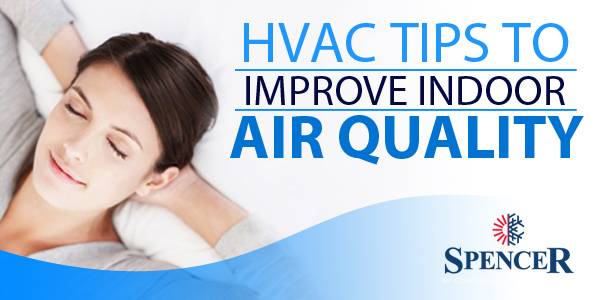
The relationship between energy efficiency and indoor air quality (IAQ) in air conditioning systems is a critical consideration for both homeowners and facility managers. Efficient operation of HVAC systems not only reduces energy consumption and costs but also significantly impacts the health and comfort of indoor environments. Balancing these two aspects requires a nuanced understanding of air conditioning technology and the strategies used to maintain or enhance IAQ without compromising energy efficiency.
Importance of Energy Efficiency
Energy efficiency in air conditioning systems is achieved by minimizing the energy required to maintain comfortable indoor temperatures and humidity levels. This involves optimizing the refrigeration cycle, ensuring that the system components are functioning at their best, and reducing the need to cool or heat excessive amounts of outdoor air. Systems that recirculate indoor air are generally more energy-efficient than those that rely heavily on outdoor air, as less energy is needed to treat the air that has already been conditioned.
Impact on Indoor Air Quality
While energy efficiency is crucial, it cannot come at the expense of indoor air quality. IAQ refers to the cleanliness of the air within and around buildings as influenced by pollutants, humidity, and ventilation. Poor IAQ can lead to health issues, discomfort, and decreased productivity. Common sources of indoor air pollution include dust, pollen, mold spores, and volatile organic compounds (VOCs) from building materials and furniture.
Air conditioning systems contribute to IAQ by filtering out pollutants and controlling humidity levels. However, systems that are overly focused on energy efficiency might not circulate enough outdoor air to dilute indoor pollutants adequately. This is where the balance between energy efficiency and IAQ becomes paramount.
Strategies for Balancing Efficiency and Air Quality
- Proper Ventilation: Incorporating controlled ventilation mechanisms can ensure that enough outdoor air is introduced to maintain air quality without overburdening the cooling or heating load. Techniques like demand-controlled ventilation adjust the amount of outdoor air based on occupancy levels and indoor pollutant concentrations.
- High-Efficiency Filtration: Using high-efficiency particulate air (HEPA) filters or other advanced filtration options can remove a significant amount of pollutants from recirculated air, improving IAQ without necessarily increasing the volume of outdoor air needed.
- Regular Maintenance: Ensuring that HVAC systems are regularly serviced and that filters are changed according to manufacturer recommendations helps maintain system efficiency and air quality. Accumulated dust and debris can reduce efficiency and introduce pollutants into the indoor environment.
- Energy Recovery Ventilation: ERVs and HRVs can exchange heat (and sometimes humidity) between incoming outdoor air and outgoing indoor air, reducing the energy impact of ventilation. This allows for fresh air to enter while retaining most of the energy used to heat or cool the indoor air.
Advanced Systems and Considerations
In the quest to balance energy efficiency with indoor air quality, advanced air conditioning systems, and technologies play a pivotal role. These systems incorporate sophisticated features and controls that allow for precise management of airflow, temperature, humidity, and air purity, thus providing optimal conditions in both residential and commercial settings. Understanding these advanced systems and the considerations involved in their operation can offer insights into the future of HVAC technology and its role in creating sustainable, comfortable indoor environments.
Smart HVAC Systems
Smart technology is revolutionizing the way HVAC systems operate. These intelligent systems can monitor various parameters, including temperature, humidity, occupancy, and air quality, adjusting the system’s operation in real time to optimize comfort and efficiency. Smart thermostats, sensors, and controllers enable users to set preferences that are automatically adjusted based on actual usage patterns and external weather conditions, reducing energy consumption without compromising comfort.
Zoning Systems
Zoning systems offer the ability to control the temperature in different areas (or zones) within a building independently. This means that unoccupied spaces can be kept at a different temperature from occupied ones, significantly reducing energy waste. Zoning is particularly effective in large homes and commercial buildings where heating and cooling needs vary throughout the space.
Integrated Ventilation Strategies
Modern HVAC systems are increasingly integrated with dedicated ventilation strategies to ensure that fresh air is supplied to the building efficiently. Technologies such as Energy Recovery Ventilators (ERVs) and Heat Recovery Ventilators (HRVs) are examples of this integration, allowing for the exchange of indoor and outdoor air while minimizing energy loss. These systems are essential in tightly sealed buildings, where natural ventilation is limited, to maintain air quality without sacrificing energy efficiency.
Predictive Maintenance
Advancements in diagnostics and analytics have led to the development of predictive maintenance strategies for HVAC systems. By continuously monitoring system performance and condition, predictive maintenance can identify potential issues before they become serious problems, reducing downtime and repair costs. This proactive approach ensures that systems always operate at peak efficiency, extending their lifespan and improving reliability.
Considerations for Implementation
While advanced systems offer significant benefits, several considerations must be taken into account for their implementation:
- Initial Investment: Advanced systems can be more costly upfront due to their sophisticated components and controls. However, the long-term savings in energy costs and reduced maintenance can offset these initial investments.
- Complexity: The increased complexity of advanced HVAC systems requires skilled installation and ongoing management to realize their full potential. This includes proper setup, regular maintenance, and adjustments based on changing needs.
- Customization: Each building has unique characteristics and requirements. Advanced systems must be carefully tailored to the specific needs of the space to ensure they deliver the intended benefits without introducing unnecessary complexity or inefficiency.
Embrace the Future with Spencer Air Conditioning & Heating
Ready to elevate your comfort and efficiency? 🌟 Let Spencer Air Conditioning & Heating guide you into the era of advanced HVAC solutions. Choose smart, sustainable living today and enjoy the benefits of cutting-edge technology tailored to your needs. Contact us now to transform your indoor environment! 🏠💡🌿
